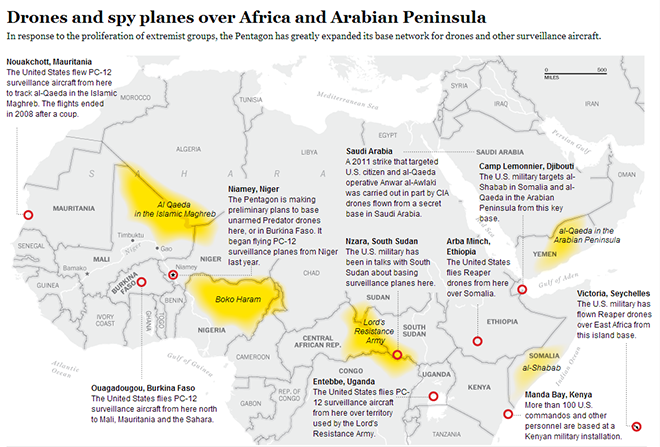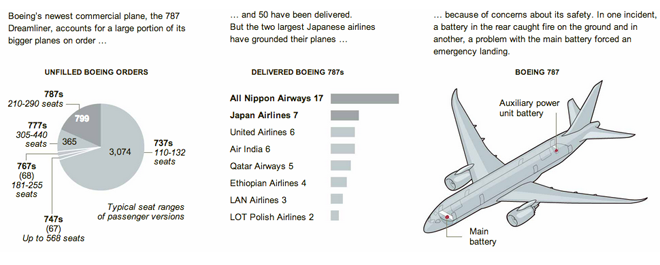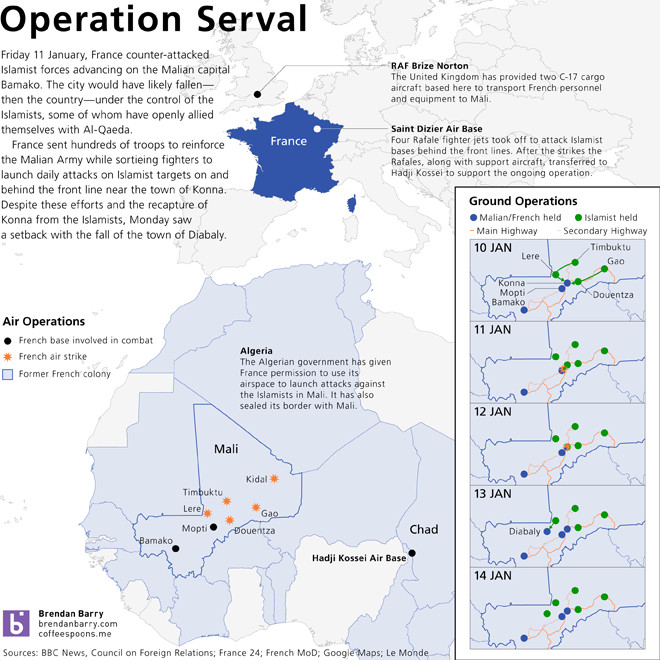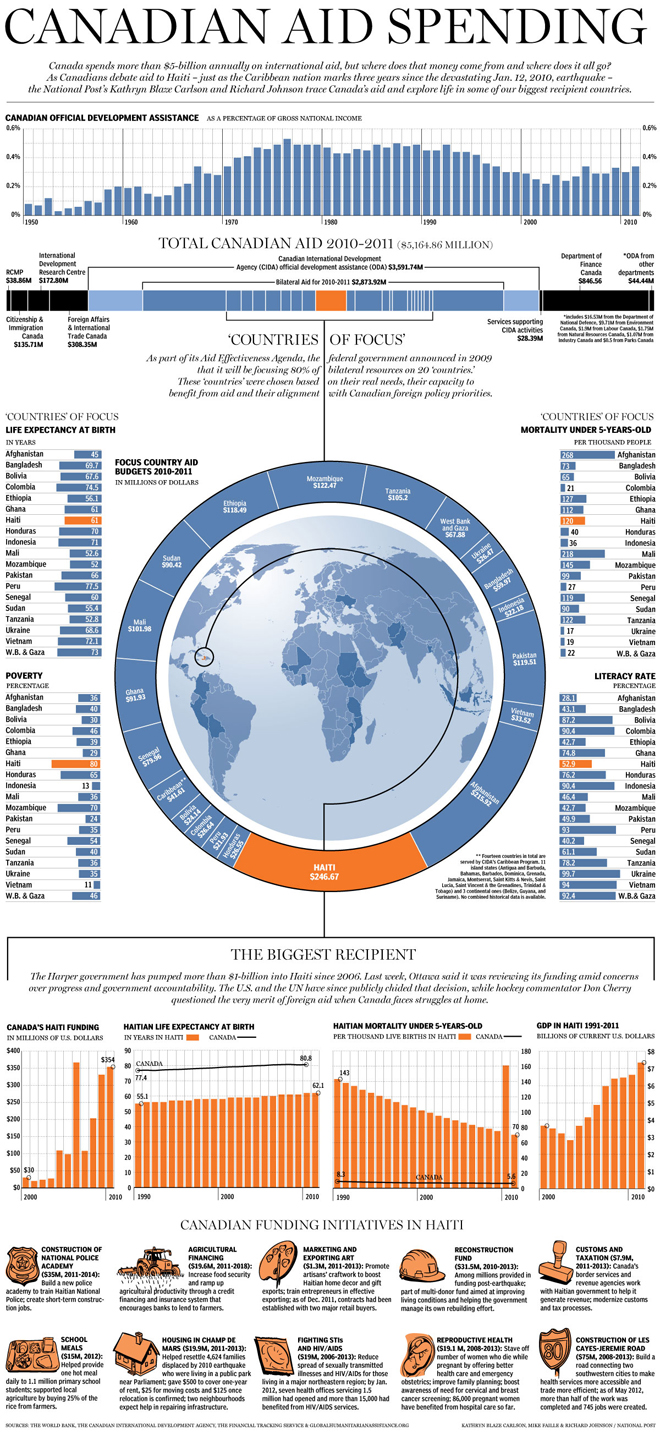John Brennan’s confirmation for heading up the CIA begins today. He’s been pretty instrumental in strengthening the United States’ counter-terrorism programme, especially the use of drones to eliminate terrorists.
For those drones, the Washington Post mapped out the known bases in Africa and the Middle East from which we operate our drones.














